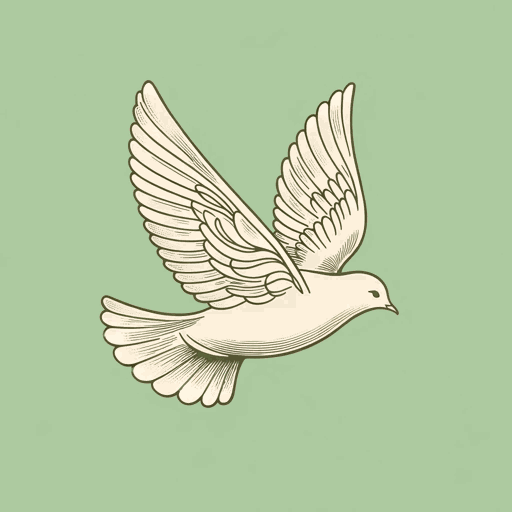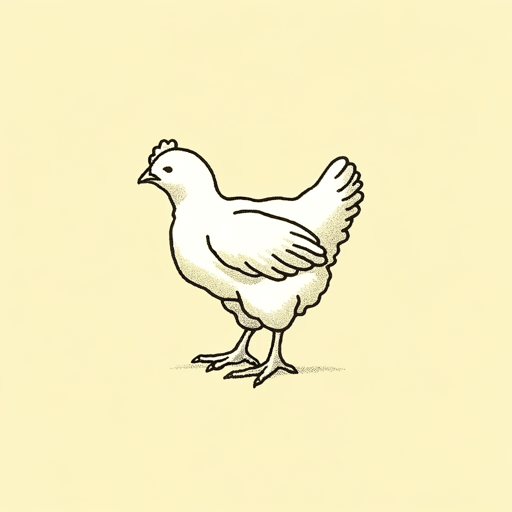53 pages • 1 hour read
John Lewis, Mike D'OrsoWalking with the Wind
Nonfiction | Autobiography / Memoir | Adult | Published in 1998A modern alternative to SparkNotes and CliffsNotes, SuperSummary offers high-quality Study Guides with detailed chapter summaries and analysis of major themes, characters, and more.
Summary and Study Guide
Overview
John Lewis’s 1998 memoir, Walking with the Wind: A Memoir of the Movement, written with Mike D’Orso, is an intimate firsthand account of the US Civil Rights Movement (CRM). Lewis, the child of sharecroppers, grew up in Pike County, Alabama, during the heyday of segregation in the American South. From a young age, Lewis questioned the injustices of segregation, yet never imagined that he would become one of the key leaders of the civil rights battles in the 1950s and 1960s.
Summary
Lewis organizes his memoir into seven chronological parts. He begins with a series of vignettes detailing his childhood: helping his aunt keep her house from blowing away in a severe storm (Prologue) and being responsible for the family chickens (Chapter 2). These early experiences instill in him qualities such as perseverance, patience, compassion, nonviolence, and a little bit of stubbornness, which shaped his character and paved the way for the role he would take within the CRM. In these opening chapters, Lewis also emphasizes the strength of those who came before him, including his mother (Chapter 1) and Dr. Martin Luther King (Chapter 3), which enabled the CRM’s accomplishments.
Inspired by Dr. King’s message of social justice and direct action, Lewis makes a seminal decision to leave Pike County in 1957 to attend the American Baptist Theological (ABT) Seminary in Nashville. While attending ABT, Lewis decides that he no longer wants to be on the sidelines of history. He considers testing Troy State University’s policy of segregation (Chapter 4), which results in him meeting Dr. King. At ABT, Lewis meets James Lawson, a teacher who leads workshops of the philosophy of nonviolence where Lewis meets other Nashville students, including James Bevel, Bernard Lafayette, and Diane Nash (Chapter 5). These students launch the first lunch-counter sit-ins in 1960, which force Nashville to desegregate some of its public facilities. They also found the Student Nonviolent Coordinating Committee (SNCC) (Chapter 6).
After the US Supreme Court rules on a case called Boynton v. Virginia, Lewis and other SNCC members decide they want to test the federal ban on segregation at bus terminals (Chapter 7). Lewis becomes one of the original thirteen Freedom Riders, who attempt to travel by bus to Montgomery (Chapter 8). He refuses to cancel these rides even in the face of extreme brutality by White mobs and police officers, and bus bombings (Chapter 9).
The SNCC elects Lewis as its chairmen, and the group begins to incorporate voter registration drives into their nonviolent actions (Chapter 10). In a personal landmark event, Lewis gives a speech during the March on Washington in August 1963, which focuses on holding politicians accountable to their civil rights promises (Chapter 11). Lewis also discusses the dark moments for the movement and nation, including the bombing of the 16th Street Baptist Church and the assassination of President John F. Kennedy (Chapter 12).
While Congress finally passes the Civil Rights Act of 1964, the racial violence in the South does not end (Chapter 13). The brutality that so many field workers and activists see in the South, especially during Freedom Summer, hardens many, turning them away from nonviolence to militancy. The failure to seat the Mississippi Freedom Democratic Party further widens the schism occurring within the SNCC and CRM (Chapter 14). To unify the movement once more, Dr. King and Lewis turn to Selma as their next target (Chapter 15).
The brutality that the Selma marchers, co-led by Lewis, face at the hands of Alabama state troopers galvanize the nation and Congress to fight for and pass the Voting Rights Act of 1965. But Selma is the end for the CRM. Increasingly militant individuals take over the SNCC (Chapter 17), and both the movement and country lose their way with the assassinations of Dr. King and Bobby Kennedy (Chapter 18).
Despite the struggles and tribulations of the CRM, Lewis remains a firm believer in nonviolence, arguing it is the best way to achieve the eradication of race, class, gender, and religious barriers. Lewis enters politics to continue to fight for this vision. He is elected US Representative for Georgia’s Fifth Congressional District in 1986, a seat he held until his death in 2020 (Chapters 19-21). Lewis’s memoir is a testament to the power of unity and hope and the moral imperative to fight (nonviolently) for something bigger.
Please note: This memoir contains racial slurs and epithets. This study guide obscures the author’s use of the n-word in its quotations.
Related Titles
By these authors
Featured Collections
African American Literature
View Collection
Black History Month Reads
View Collection
Books About Leadership
View Collection
Books on Justice & Injustice
View Collection
Books on U.S. History
View Collection
Civil Rights & Jim Crow
View Collection
Inspiring Biographies
View Collection
Politics & Government
View Collection



